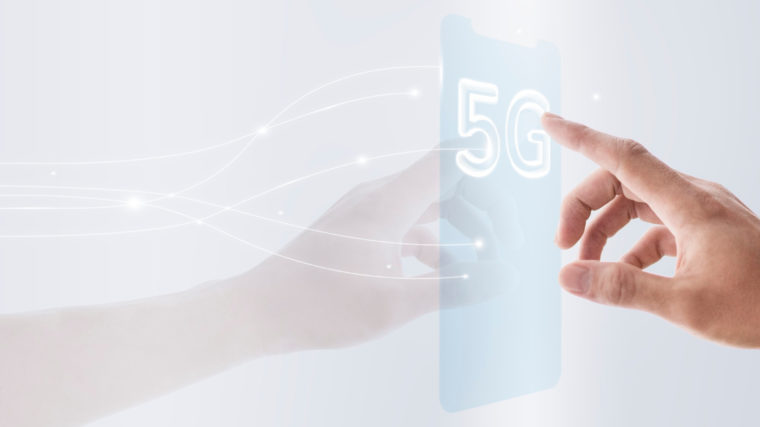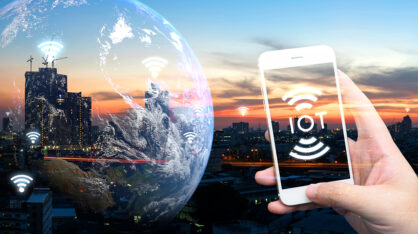5G is based on many new radio, network, and digital technologies including massive MIMO, millimeter wave (mmWave), coding technologies, IPv6, etc. New technologies have brought new features in such a system including very high communication speed, very low communication delay, and vast number of connected devices. With the new features, many new applications are becoming possible. An important application is IoT. In this article we introduce this 5G feature using an example in the energy industry.
Traditional energy network is basically a centralized system or network. In such a system the energy is generated by one or few power plants. An electric power transmission network is used to deliver the energy from power plant(s) to remote areas where the energy is consumed. In each consuming area, a power distribution facility will transform the power from high voltage to low voltage. This generating-transmission-distributing-consuming structure is also called electrical grid[2].
In such a system, communication is needed by not excessively. Data communication is restricted mainly between generating facility, transmission facility, and distribution facility. From communication and networking point of view, the network topology is simple, the scale of network (number of nodes) is small, and data amount is not significant. A dedicated network connecting these facilities can accomplish such a mission.
However, with the revolution of energy industry, new energy generating devices are introduced into the electrical grid. This may include solar panels, wind turbines, tidal power, small hydropower, biomass, etc. These emerging devices have some new features: 1). the amount of such devices is a big number, 2). power generated by many of them is insignificant, and 3). they usually generate power intermittently.
With these new features in the electrical grid, traditional communication system cannot meet the demands anymore. 5G technology comes with an important use case called “massive Machine-Type Communication (mMTC)” can fulfil the communication requirement in the new electrical grid. mMTC is able to support large number of devices in a given area[3], and all these devices will be using the same communication protocol. This feature can provide communication possibility not only between aforementioned energy devices, but also almost everything (as the concept of IoE). For example, we can connect a windmill with a weather station to make some predictions.


